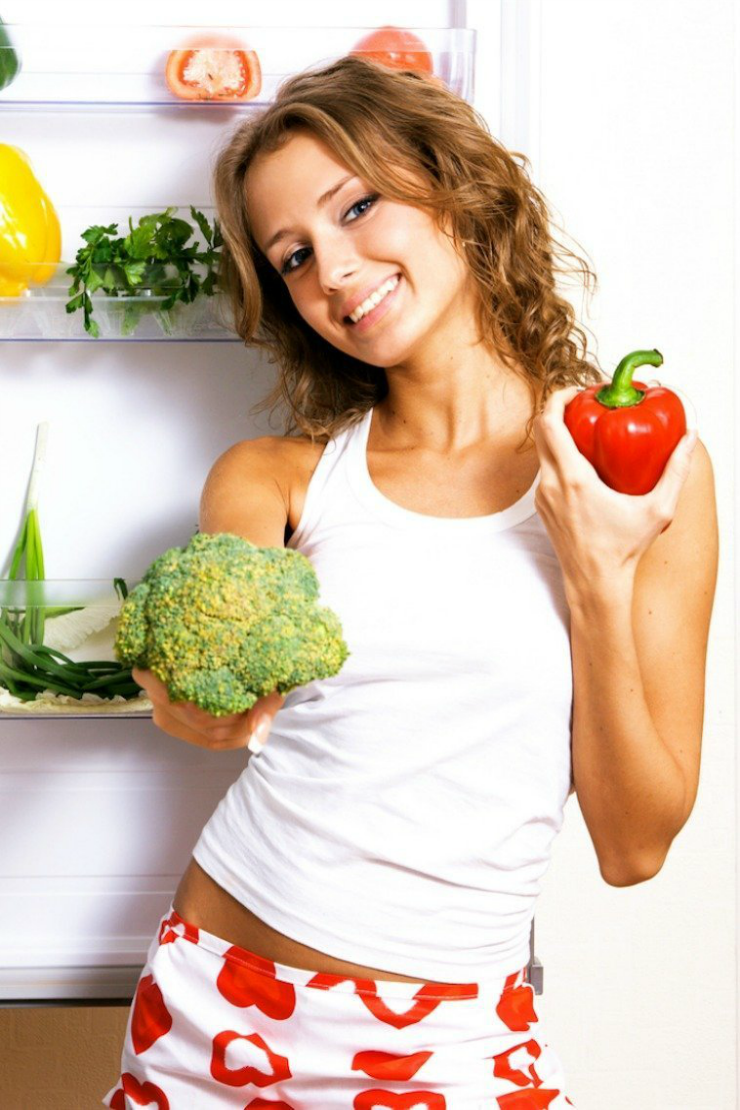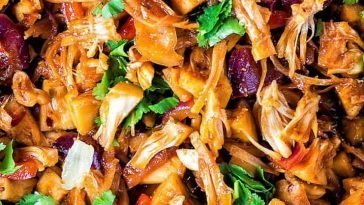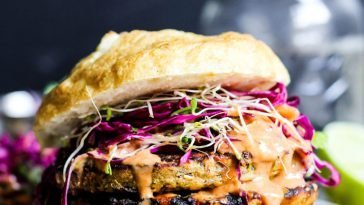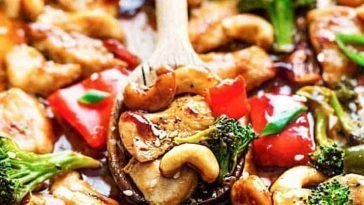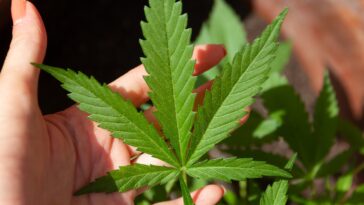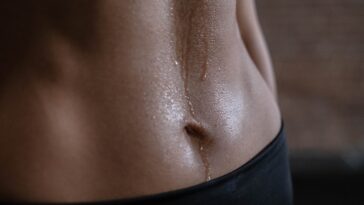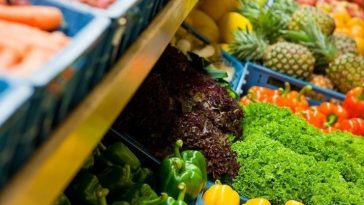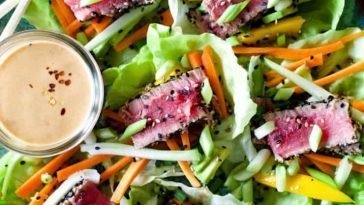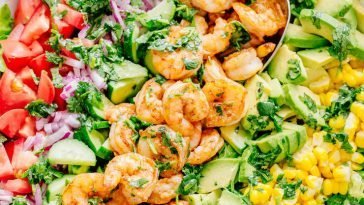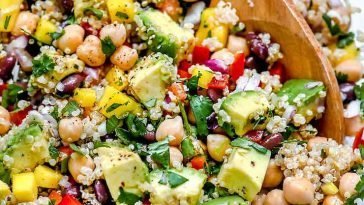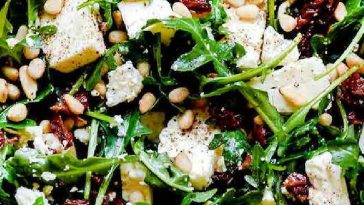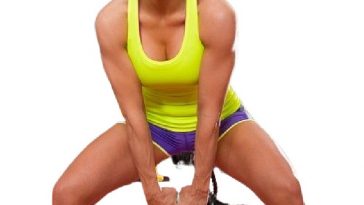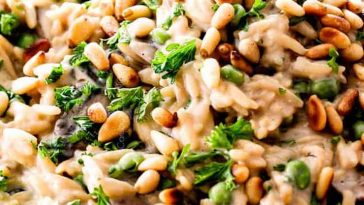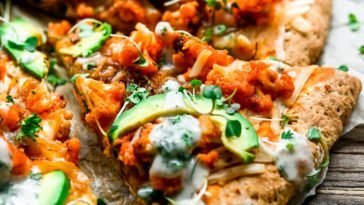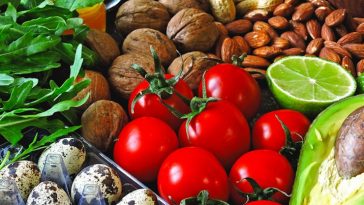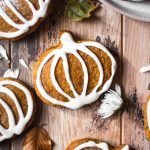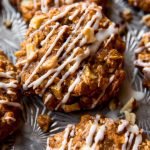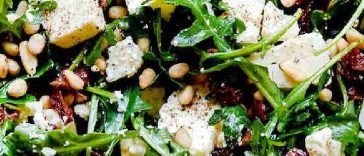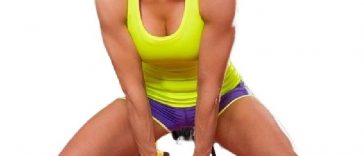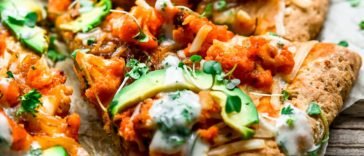Clean Eating
Discover clean eating and start working towards a happy, healthier you!
With so many diet, workout and lifestyle choices, it can be difficult to determine which one is the right, healthy, fit for you.
One of the first choices to make when starting a daily health regimen is determining what type of meal plan will keep you feeling invigorated, and motivated to get out and move.
When you begin this journey towards healthy living, having a healthy buddy partner makes a world of difference.
We offer a full spectrum of healthy lifestyle advice for your journey towards achieving a healthy lifestyle that encourages a natural approach, leaving you feeling energetic and healthy.
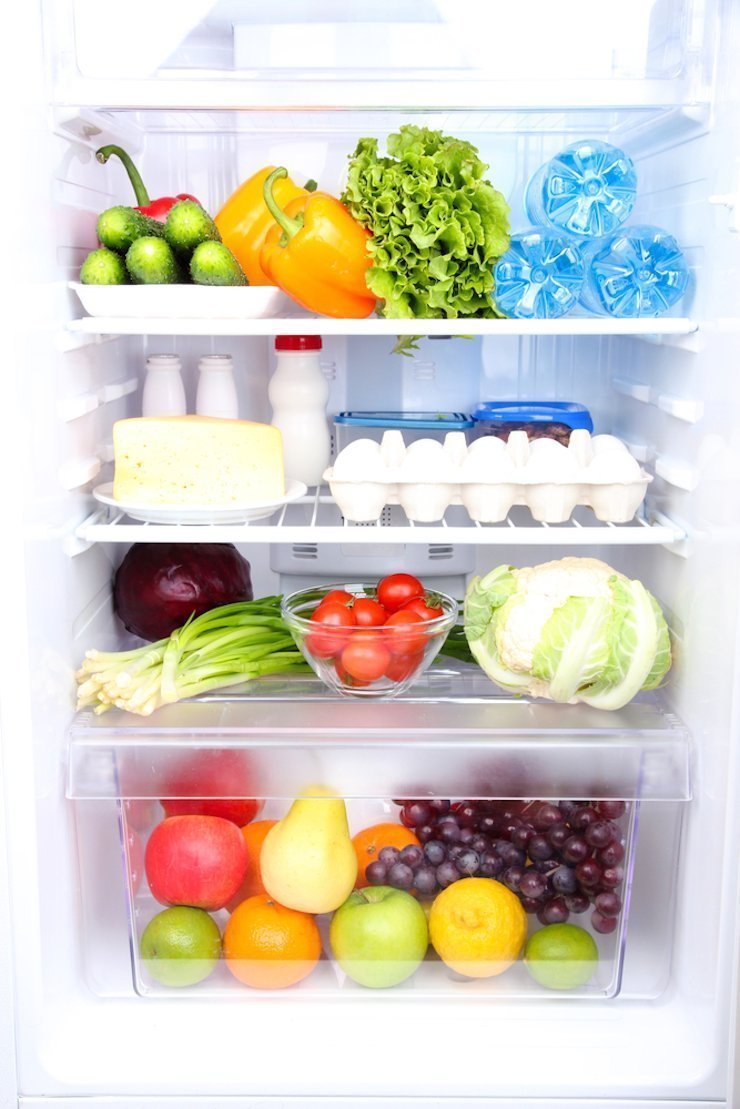
What Is Clean Eating
With new dietary fads coming out each day, it can be hard to keep track of which ones actually work, and what is a healthy choice for you.
Clean eating is consuming food in its most natural state, or as close to it as possible.
It is not a diet, it’s a lifestyle, based on the foods you choose and its preparation. Eating clean can improve your health AND make it easier to achieve your weight loss and fitness goals.
This lifestyle choice of clean eating is seemingly simple, but takes some getting used to as many of our foods today are made with unnatural, and unhealthy ingredients.
When you choose clean eating, you are not limiting your intake, you can still enjoy a full spectrum of foods.
This dietary choice does not have major restrictions, and does not require switching meals between high protein, low carb, high fat, etc.—as many of these allow you to lose weight quickly, but is often gained back soon after as a majority of it was purely water weight.
When you practice clean eating, you are beginning the process of tracking where your food came from and understanding its origins. The basic idea is to eat “real” or “naturally grown” foods.
By using Change In Seconds, you can begin to learn how to identify real and home-grown foods to use in your daily meal plans.
You will learn how to identify and avoid processed foods, and much more by participating in our 7 day no junk food challenge!
See our complete clean eating for beginners resource.
Benefits Of Clean Eating
One of the main benefits to clean eating is how it allows your body to promote its normal fat breakdown and get rid of excess, unwanted weight.
While working out is important in this process by having an active lifestyle, research is showing that a large component to this weight loss process comes from the nutrients you eat.
With many of these fad diets shocking your body either from drastic dietary change, little to no food, or a combination of the two, it is working overtime to keep the normal cycles of your body in balance.
Clean eating solves this problem by eliminating unnatural, processed and additive foods.
This diet leaves your body more invigorated, not only increasing its natural weight loss process without working out, but also working overtime when you do begin to incorporate daily exercise.
The weight loss process occurs when fat that is being burned from the body is turned into carbon dioxide, and leaves your body through your respiratory system, or lungs.
There is some additional leftover fat that will be turned into water, or water weight, but with clean eating a smaller amount is contributed to this process.
The benefits of clean eating is that your body is working smarter, not harder.
This diet will leave you feeling healthier, with more energy and motivation to get active and lose any unwanted weight that has been holding you back.

How To Eat Clean
There is no time like the present to start your journey towards healthy living through clean eating.
Unlike other diets that must be gradually worked towards, or ones that leave you feeling sick or fatigued from sudden depletions of carbs or sugars, clean eating still allows real, natural substances to continue flowing through your body, leaving you feeling better immediately.
Clean Eating Rules
Foods to eat.
- Vegetables
- Fruits
- Nuts
- Seeds
- Organic grass-fed meats
- Ocean caught seafood
- Organic eggs
- Legumes
- Fermented foods such as sauerkraut, kimchi, coconut water, kombucha
- Peanut butter free of chemicals, preservatives, or partially hydrogenated oils
- Healthy sugars i..e. raw honey and pure maple syrup
- 100% whole grains i..e. brown or black rice, quinoa, whole wheat pasta, oats, whole wheat, popcorn and sprouted whole grain bread, keto bread or cauliflower breadsticks.
- Full fat unsweetened dairy products i.e. greek yogurt plus healthy fats i.e. coconut, olive and avocado oil
Foods to avoid.
- Refined sugar i.e. cane sugar and high-fructose corn syrup
- Preservatives and additives
- Refined oils like corn oil and canola oil
See complete list of clean eating foods.
Choose Local Or Organic Whole Foods
Depending upon your dietary preference, focus on fruits, vegetables, whole grains, fish and local or organic meat. Select produce that is local and seasonal.
For produce with the most and least contaminated pesticides see list below:
Most contaminated:
- Apples
- Peaches
- Nectarines
- Strawberries
- Grapes
- Celery
- Spinach
- Sweet Bell Peppers
- Cucumbers
- Cherry Tomatoes
- Snap Peas
- Potatoes
- Hot Peppers
- Kale
- Collard Greens
Least contaminated:
- Avocados
- Sweet Corn
- Pineapples
- Cabbage
- Sweet Peas
- Onions
- Asparagus
- Mangoes
- Papayas
- Kiwi
- Eggplant
- Grapefruit
- Cantaloupe
- Cauliflower
- Sweet Potatoes
Choose local meats and for ocean friendly seafood go to seachoice.org.
Search through their database for a list of the best choice to items to avoid. A printable pamphlet is also available.
See also healthy grocery list.
Avoid Processed And Refined Foods
Avoid junk foods, fast foods, white products such as sugar, flour, pasta and bread.
Stay clear of any foods containing preservatives, toxic binders, colour additives, fat replacers and emulsifiers.
See list below of the top 10 food additives to avoid:
- Artificial sweeteners
- High fructose corn syrup
- MSG
- Trans fat
- Food dyes
- Sodium sulfite
- Sodium nitrate
- BHA and BHG
- Sulfur dioxide
- Potassium bromate
Avoid products that list the following 18 words:
- Enriched – it means that vitamins and minerals have been stripped
- Bleached – bleaching removes most of the nutrients which leaves empty calories
- Flavoured – manufacturers use sugar, salt, oil and unrecognizable ingredients to enhance the flavour of foods
- Carrageenan – its a fat replacing additive that creates an harmful substance during processing
- Low Fat/No Fat – when fat is removed synthetic emulsifiers and thickeners are added to make food taste better
- Sugar Free – means synthetic and artificial ingredients are added instead
- Soy – only consume Non GMO soy products due to estrogen influence
- Sugar – look for organic cane sugar. If the product list “sugar” its made from sugar beets which is GMO corn
- Aspartame, Acesulfame k, Sucralose, Sorbitol, and Malitol– use stevia instead
- Phenylalanine or Phenylketonurics – often found in beverages, diet sodas, sugar free gums, and other sugar free products. They are neurotoxins and they kill brain cells.
- Xanthan Gum – its processed using petrochemicals
- Olestra – indigestible fat substitute used primarily in foods that are fried and baked
See also 48 reasons to avoid processed foods.
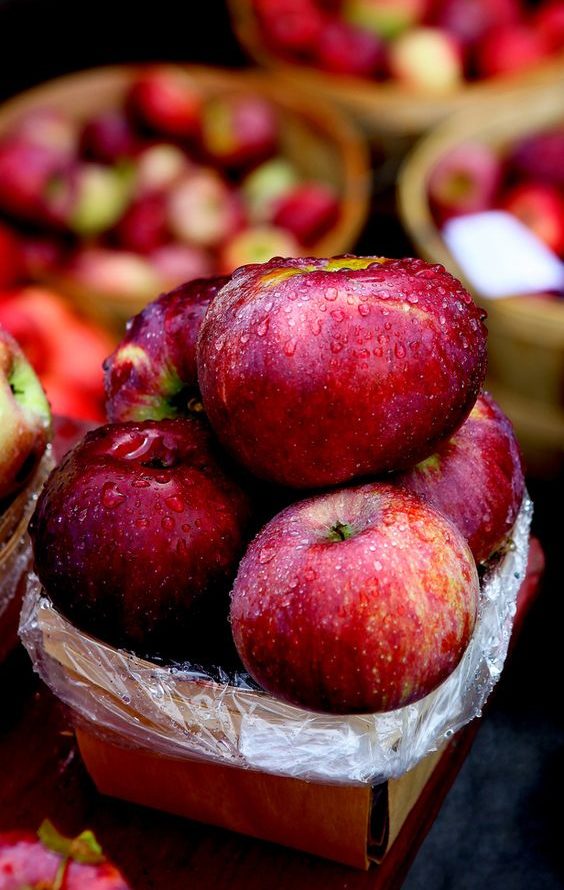
Read Food Labels Ingredients
Number of Ingredients Doesn’t Matter
There is a common misconception that clean eating involves only five to six ingredients.
It doesn’t matter how many ingredients are used in an item or a recipe.
It’s all about the type of foods and ingredients that are used.
This is why you really need to learn how to read food labels for healthy eating, and understand what all those little numbers mean.
Look at Individual Food Items
On the back of the packet or jar, you will see a list of ingredients.
It’s important to consider each one of these items individually.
If each item is something you can buy on its own, such as tomatoes and garlic, then the item is suitable for clean eating.
Watch out for scientific-sounding items and anything with a letter and number.
These aren’t items you could even buy on their own in the store, so they’re not suitable for the clean eating diet.
Ignore the Percentages
When reading labels for clean eating, you’ll see percentages next to the total amount of saturated fats, carbohydrates etc.
Unless you’re following a specific medical diet, such as one to control diabetes, you don’t need to worry about these percentages.
Higher or lower numbers do not mean clean or not clean. They simply tell you the amount of certain foods groups you’re getting from the item.
The percentage of vitamin C, iron and other items can be useful for a healthy diet, but not for clean eating.
Now you know how to read food labels for healthy eating. It can become tedious, which is why making your own homemade meals from fresh items is often preferred and recommended.
Don’t Count Calories
It’s not necessary to count calories when consuming whole foods, just focus on portion sizes.
Keep Your Meals Balanced
Whether you are into OMAD, intermittent fasting or the ketogenic diet plan, try to keep your diet balanced with clean meals and healthy snacks.
Drink at least 2 litres of water a day. Preferably consume water from a glass container to avoid chemicals.
Consume Healthy Fats
Strive to consume essential fatty acids, or EFAs, on a daily basis. Please see below the best and worst oils to consume:
Best unrefined oils:
- Coconut oil
- Olive oil
- Grass fed butter
- Almond oil
- Sesame oil
- Peanut oil
- Malaysian palm oil
Worst refined oils:
- Canola oil
- Soybean oil
Look For Clean Packaged Foods
Look out for the healthy packaged foods in the grocery store. While it is difficult, it’s not impossible.
Pasta is still allowed, but you want to focus on 100% wholegrain options instead.
Chickpeas, lentils and barley are other great clean items.
Make It Homemade
The best thing you can do is make homemade meals by trying these excellent healthy cookbooks.
Yes, they take longer but you can cook, prep meals in advance and freeze in batches.
These days you need quick meals, pull something homemade out of the freezer and pop it in the oven or microwave.
Pack It To Go
Pack a cooler for work or travel so you always eat clean on the go.
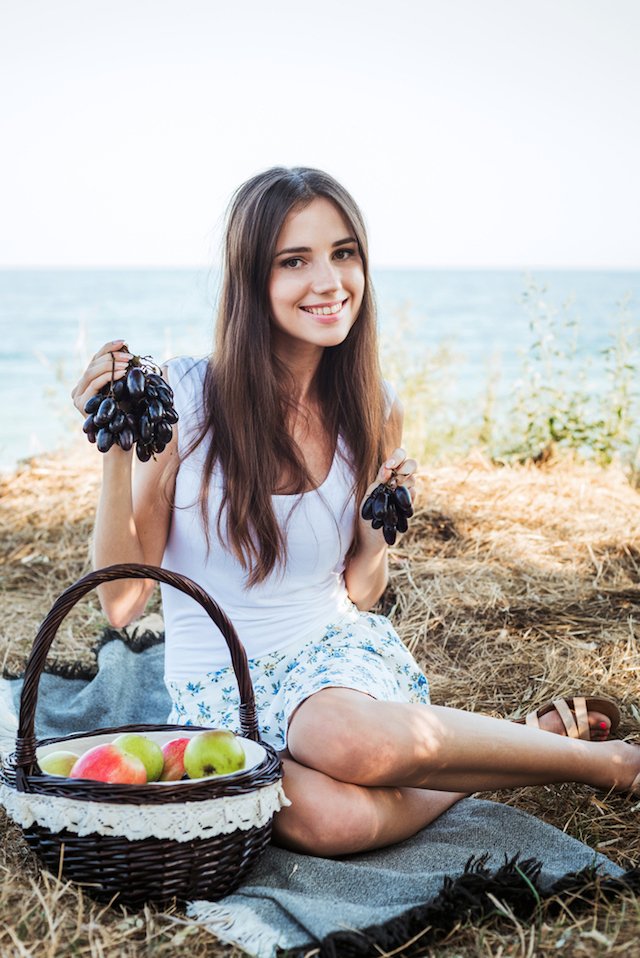
Use Online Menu Planner
Easily save recipes, plan meals for the week or months in advance.
What is clean eating? In short, it is consuming natural foods. Some celebrities will stick to raw foods to get all the nutrients, but that isn’t a necessity.
The clean eating lifestyle is all about cutting out processed and refined foods and sticking to good old-fashioned homemade varieties.
When you use Change in Seconds, we help you roadmap your game plan for success.
We offer meal plans, healthy recipes, workout routines, healthy lifestyle tips, and tips on how to adopt healthy habits.
Clean Eating Resource
- Best Clean Eating For Beginners Resource
- Clean Eating Grocery List Infographic
- 7 Day Keto Meal Plan PDF + Cheat Sheet
- Meals Prep Ideas For Beginners
- Clean Eating Meal Prep
- Healthy Eating On A Budget
- Clean Eating Breakfast Ideas
- 100 Clean Eating Recipes
- 160 Clean Eating Snacks
- Substitution Chart For 300 Foods
Lunch Resource
- Healthy Lunch Ideas For Work
- Vegan Meals For Lunch Or Dinner
- Easy Summer Appetizers
- Summer Desserts Without The Guilt
- Healthy Meal Prep Bowls
- Salad Recipes With Chicken
- Healthy Lunch Wraps
- BBQ Veggie Burgers
- Delicious Healthy Salads
- Summer Salads For Lunch
- Homemade Asian Recipes
- Tortilla Wrap Recipes
- Mexican Recipes That Are Healthy
- Vegan Sandwiches
- Buddha Bowl Recipes
- Quinoa Salad Recipes
- Healthy Appetizers
- Rice Noodle Recipes
- Vegan Sandwiches
- Noodle Bowl Recipes
- Fall Salad Recipes

